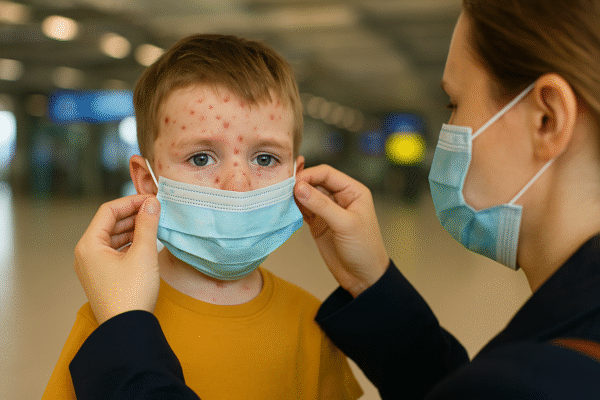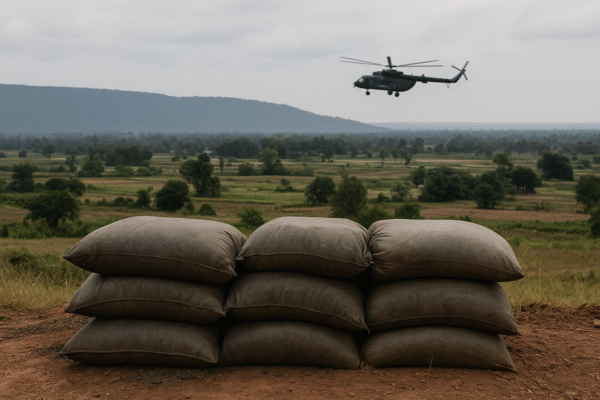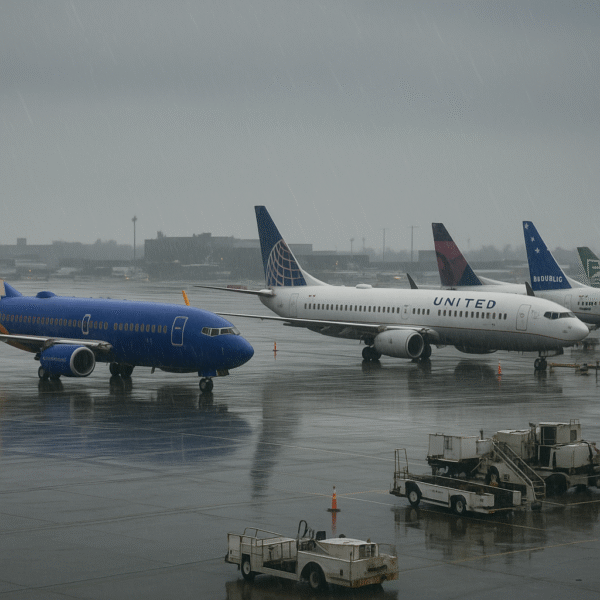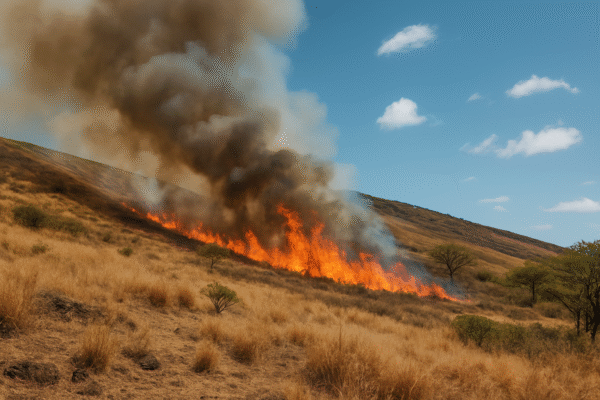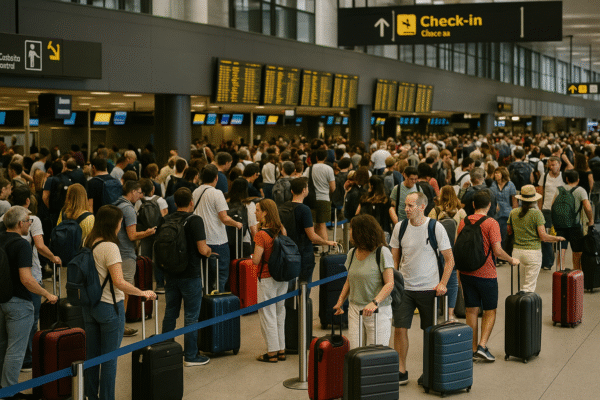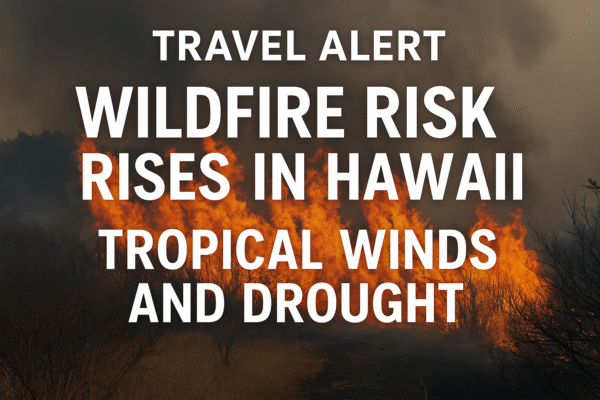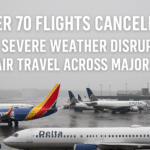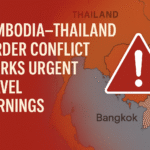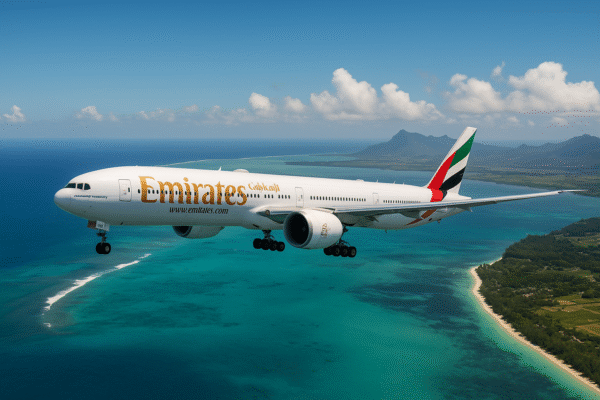HONOLULU, HAWAII — A severe wildfire warning has been issued across key Hawaiian Islands including Maui, the Big Island, Molokai, and Honolulu, as strong trade winds driven by a developing tropical system collide with worsening drought conditions. The National Weather Service (NWS) and local emergency agencies have raised alarm bells over the increased potential for fast-spreading fires, urging both residents and travelers to prepare for possible evacuation orders and travel disruptions.
With trade winds expected to strengthen significantly in the coming days, Hawaii’s emergency services are on high alert. According to AccuWeather and NOAA forecasts, a tropical disturbance forming south of Hawaii is creating sustained wind patterns, which, when coupled with bone-dry vegetation, could ignite dangerous wildfires across these island communities.
Tropical Weather Triggers Elevated Fire Risk
The tropical system currently brewing near the central Pacific is expected to interact with a high-pressure system to the north, generating gusty trade winds beginning Tuesday. AccuWeather Hurricane Expert Alex DaSilva notes that wind gusts could exceed 35 to 45 mph in exposed areas, rapidly drying out surface vegetation and increasing fire potential.
Hawaii’s U.S. Drought Monitor shows that over 50% of the state is experiencing moderate to severe drought. On the Big Island, a portion of the northern tip is now in “extreme drought” classification, while Maui and Molokai are not far behind. These regions, with their dry grasslands and dense shrubbery, present ideal conditions for ignition.
2023 Maui Wildfires: A Devastating Precedent
This new alert comes less than a year after the catastrophic 2023 Maui wildfires, which devastated Lahaina and claimed over 100 lives. That disaster, which became the deadliest U.S. wildfire in over a century, serves as a chilling reminder of how quickly fire can transform paradise into peril.
An estimated $14 to $16 billion in damages was inflicted by the 2023 fires, according to the University of Hawaii Economic Research Organization (UHERO). Recovery continues, and any new wildfires could severely set back restoration efforts.
Impact on Hawaii’s Travel and Tourism Industry
Hawaii’s tourism infrastructure is once again under strain. Airports, hotels, and tour operators across Maui, the Big Island, and Oahu (Honolulu) are preparing contingency plans. Should fires break out, potential impacts include:
- Flight cancellations and delays: Especially in and out of Kahului Airport (OGG), Kona International (KOA), and Honolulu International (HNL).
- Hotel evacuations: Accommodations near fire-prone zones may relocate guests with minimal notice.
- Restricted access to nature trails, beaches, and cultural sites: Particularly in drought-sensitive areas of Maui and Molokai.
The Hawaii Tourism Authority (HTA) urges travelers to stay informed and monitor official updates from local emergency agencies, the National Weather Service, and their respective airlines or travel providers.
Terrain and Wind Combine to Increase Risk
Hawaii’s mountainous topography contributes to unique fire dynamics. As wind moves downslope from elevated areas, it accelerates, dries out, and heats up — making western and southern slopes especially vulnerable. This pattern, known as “downslope drying,” may lead to rapid ignition and spread, particularly in places like Kihei (Maui) and South Kohala (Big Island).
Multiple Tropical Systems Raise Concern
Adding to the urgency is the possibility of a second tropical system developing over the weekend. While its trajectory remains uncertain, early forecasts suggest it could bring more high winds and further strain emergency preparedness systems. NOAA’s Central Pacific Hurricane Center is monitoring its path, emphasizing the importance of traveler flexibility in planning.
What Tourists Should Do Now
Tourists planning to visit Hawaii in the coming week should:
- Check official alerts regularly: Visit hawaii.gov or sign up for NWS emergency text alerts.
- Be flexible with travel plans: Have backup routes and accommodations ready in case of flight or hotel disruptions.
- Keep emergency supplies on hand: If already in Hawaii, carry water, medications, phone chargers, and copies of ID and travel documents.
- Avoid fire-prone zones: Steer clear of areas under red-flag warnings or where burn bans are in effect.
- Stay updated via travel providers: Airlines and hotels often provide real-time SMS or app alerts for itinerary changes.
Rebuilding Trust After Disasters
As Hawaii’s islands attempt to rebuild trust and confidence in their safety, this latest fire risk serves as a test of resiliency. Both local and federal officials are working to reinforce infrastructure, equip first responders, and ensure communication channels remain open during crisis periods.
The Federal Emergency Management Agency (FEMA) has pre-positioned response resources, while the Hawaii Emergency Management Agency (HI-EMA) is coordinating with counties and tourism stakeholders to ensure a quick response if conditions worsen.
Final Word: Prioritize Safety Over Scenery
Hawaii’s natural beauty remains a draw for millions, but with nature’s volatility, the islands also require respect and caution. As of today, there are no formal evacuation orders, but that could change rapidly depending on wind shifts and fire activity.
Travelers are encouraged to stay proactive, flexible, and informed — ensuring not only their safety but also their contribution to responsible tourism in times of environmental stress.
For more travel news like this, keep reading Global Travel Wire




